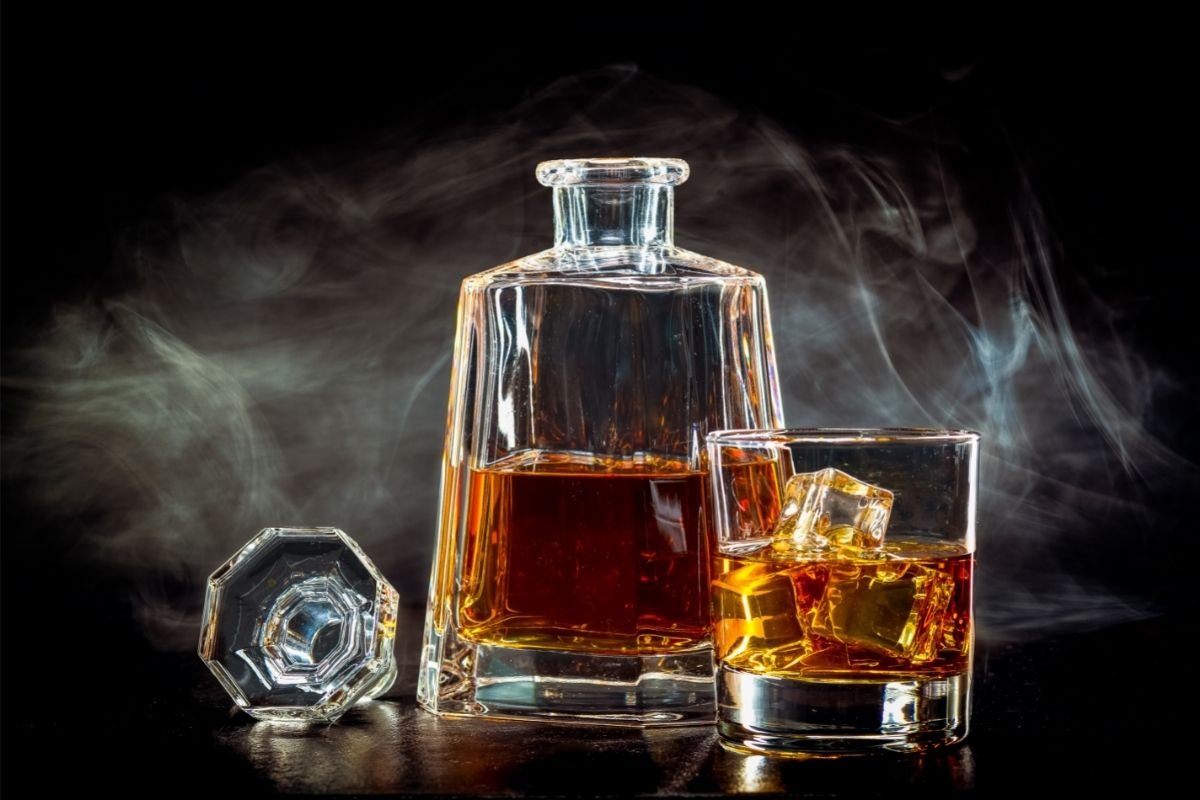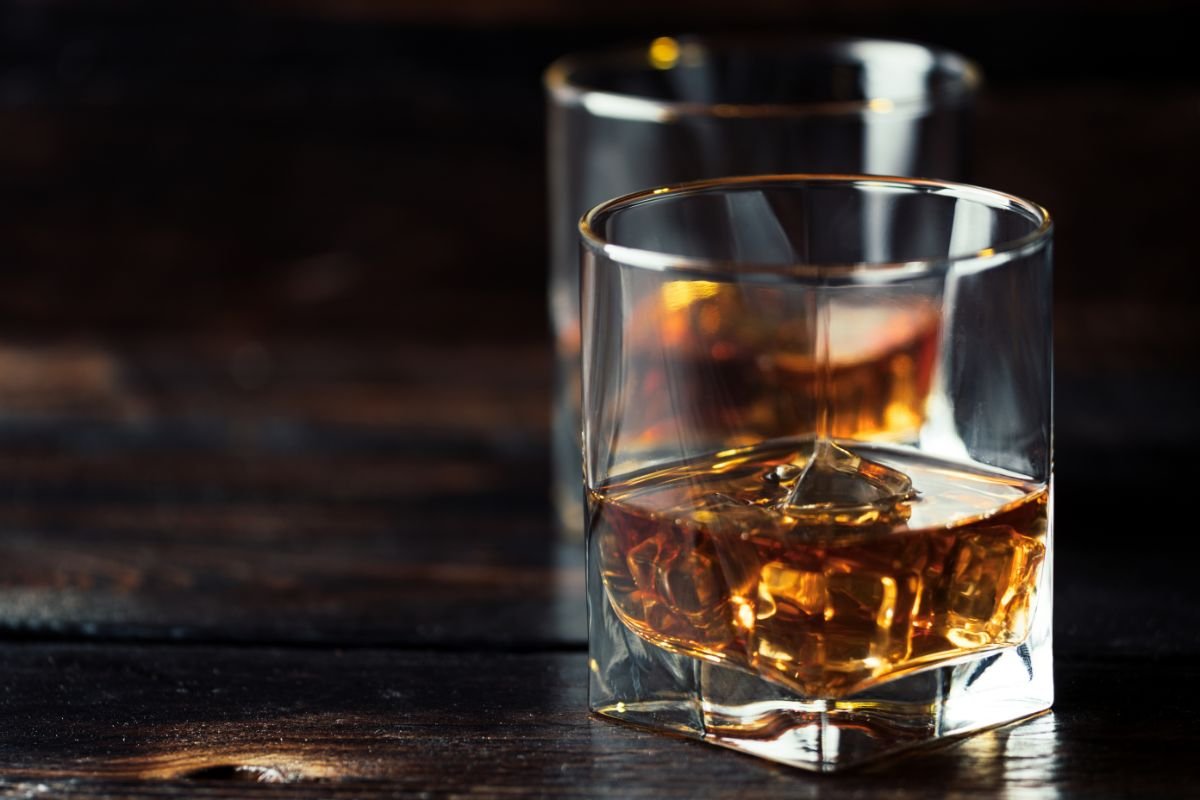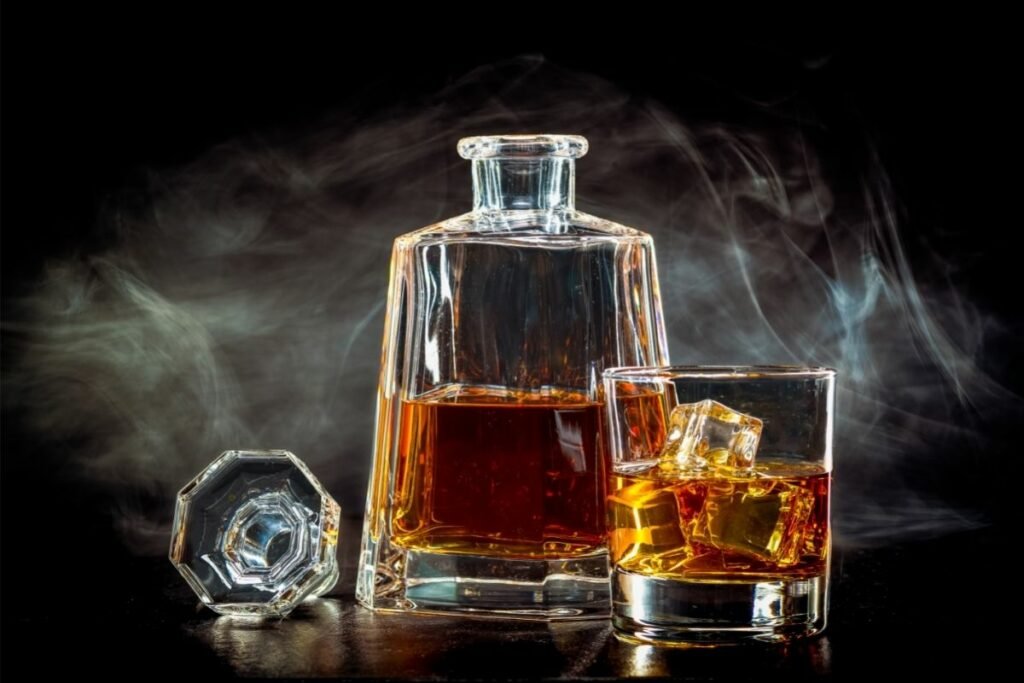You’ve heard of Scotch, Irish, and Canadian whisky, but what about Japanese whisky? It may not be everyone’s first choice, but Japanese whisky has rapidly grown in popularity over the years.
Japanese whisky has won several Whisky of the Year awards and continues to make its way into Top Ten whisky lists. Depending on the brand, you’ll notice unique and interesting flavors with each sip.

However, as there are so many options to choose from, it can be tricky knowing how to start drinking Japanese whisky.
So we are here to help you! Today we will cover how to enjoy Japanese whisky in this article, as well as some of the flavors you might find within each bottle.
Japanese Whisky Origins
Japanese whisky was made in the 1920s. Masataka Taketsuru, from Japan, took a trip to Scotland to study organic chemistry further.
During his travels, he found a love of scotch whisky which inspired him to produce his version. The whisky he created became the Japanese whisky that we know of today.
Japanese whiskey is created from malted barley, just like Scotch. The flavors are comparable, as Japanese whiskey is peated to give it a light smoky flavor.
Despite this, Japanese whisky often tastes fruitier and less potent than Scotch. This is due to Japanese distillers using specific processes to create noticeable flavors.
Japanese Whisky Basics
Japanese whisky may have been born out of scotch, but it’s very different considering its ingredients and customs.
Flavor
No one explanation covers Japanese whisky flavors, as they contain lots of unique notes. American whisky, like bourbon, tends to be sweet, but Japanese whisky is normally smokier and drier in comparison.
It isn’t too cloying but it isn’t overwhelmingly crisp either. This makes it nice to have in cocktails or drink on its own.
You’ll notice that several Japanese whisky varieties give off fruit flavors. These include bolder notes, like berries, but also lighter ones, like citrus and apricot.
Few Japanese whiskies use classic notes like vanilla and caramel, but several distillers use unorthodox flavors that aren’t usually seen in whisky. You might find Japanese whisky that tastes of mint, apple, and basil.
Varieties
We can see that Japanese whisky encompasses a range of flavors, but it’s also produced in several different ways.
Japanese whisky companies will have unique processing methods to make many varieties of whisky. These brands aim to create several spirits that please lots of different taste buds.
In most cases, Japanese whisky companies create lots of malts that can be transformed into individual whiskies. These come in a lot of flavors, from sweet and velvety to smoky and strong.
Some types of whisky are specifically made from one grain, but Japanese whisky can be made out of several different ones. Some are made from malted barley, while others are made from rice or corn.
Whisky Customs
Like it’s forbearer, scotch, Japanese whisky needs to be aged in wooden barrels. These barrels are made from Japanese oak, also known as Mizunara.
This wood can only be sourced from forests in Japan, which gives Japanese whisky its distinctive flavor.
Japanese whisky also requires a particular distillation process unique to Japan. These distilleries only use water that comes from a specific region. For instance, some brands only source their water from Tokyo’s mountainous areas.
How To Drink Japanese Whisky

Everyone has their preferences of how they enjoy whisky. If you’re a beginner, here are a few pointers to get you started.
Neat Or Straight
The best way to taste a whisky’s complex flavors is to drink it neat. Many whisky enthusiasts say that whisky should only be drunk neat.
The whisky is normally room temperature and has no water or ice added to it. If you prefer it colder, use a glass that’s been kept in the freezer to lower the temperature.
If you’re a beginner, it’s better to drink cask strength whisky through other methods. This will develop your palate so you can pick up the flavors better.
Whiskies that contain over 50% alcohol are better reserved for trained palates. Keep a glass of cold water nearby to rinse if the alcohol becomes too strong.
On-The-Rocks
Most people have heard of this phrase, but it simply means adding ice to your drink. Ice can reduce the whisky’s temperature, but it does have some disadvantages.
As the ice melts, it will dilute your whisky, reducing its potency. If you want to put ice in your whisky, opt for larger ice cubes. These won’t melt as quickly as smaller cubes so they won’t dilute your drink.
Mizuwari & Highball
The mizuwari is a Japanese drinking method that simply means ‘mixed with water’. Water and whisky are mixed and served in an ice-filled glass.
The water dilutes the alcohol’s harshness, but the whisky still maintains its flavor. In Japan, the mizuwari is a popular way of drinking whisky, particularly in gourmet restaurants.
To serve a mizuwari, take an ice-filled glass, then add one part whisky to 2 parts of water. You can use 2.5 parts of water if you prefer.
Another similar way of drinking whisky is called the highball. This is simply a mizuwari with sparkling water instead of normal water.
If you do opt for a mizuwari or highball, make sure that you use neutral mineral water. Tap or flavored water may interfere with your whisky’s flavors and aromas.
Pairings
Japanese whiskey goes well with Japanese food, but it also pairs well with various other foods. These include chocolate, steak, and seafood (see also, ‘What is Kanimama?‘).
If you’re thinking of drinking Japanese whisky with a meal, look at the flavor profiles first. Sweet and light whiskies go well with seafood, but smokier ones pair better with steaks.
Types Of Glasses
Japanese whisky is generally served in a lowball glass. This glass will have a wider base that tapers gently upwards.
This is ideal for drinking whisky straight or on the rocks. You’ll normally see cocktails like an old-fashioned drunk out of a lowball glass.
If you’re drinking a mizuwari or a highball, use a highball glass. These are also good for mixing whisky with other ingredients, like soda or cola.
These glasses are longer and have more room for ice. This will keep your drink cooler for longer.
Lowball and highball glasses are normally used to drink Japanese whisky, but this isn’t required. You’ll often see Japanese whisky cocktails served in coupe or martini glasses for effect.
In Summary
Japanese whisky may have been born out of Scotch whisky, but it has developed into a unique, flavorful spirit. Depending on the distillery it came from, these whiskies come in several varieties with various flavors.
Japanese whisky can be drunk neat or on-the-rocks like you would with other whiskies.
You can also try the Japanese ‘mizuwari’; a blend of water and whisky. Just be sure to use neutral mineral water so it doesn’t affect the whisky’s taste.
- What Is a Maiko? - July 13, 2025
- What Does Domo Arigato Mean? - July 12, 2025
- What Does Naruto Mean? - July 12, 2025









